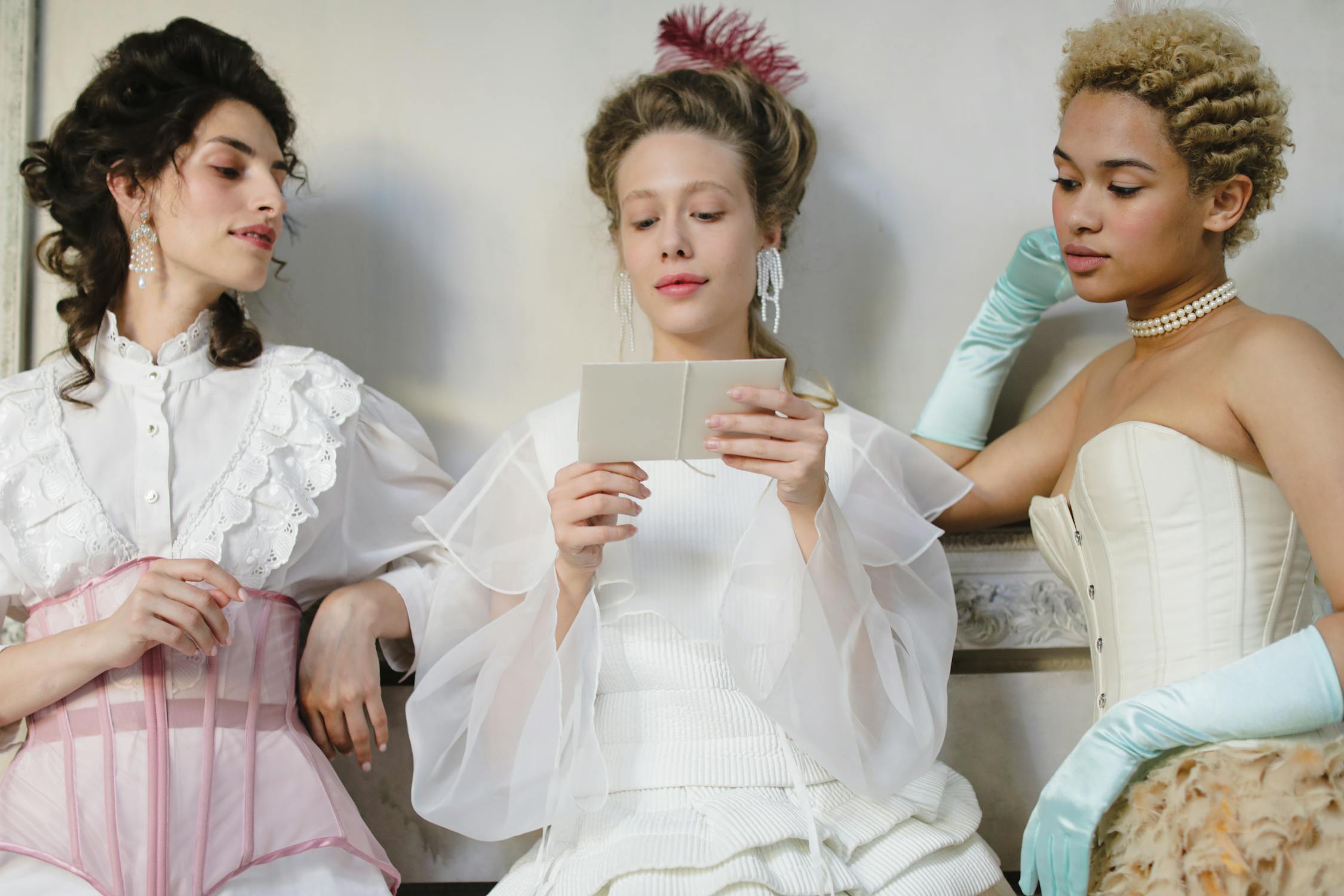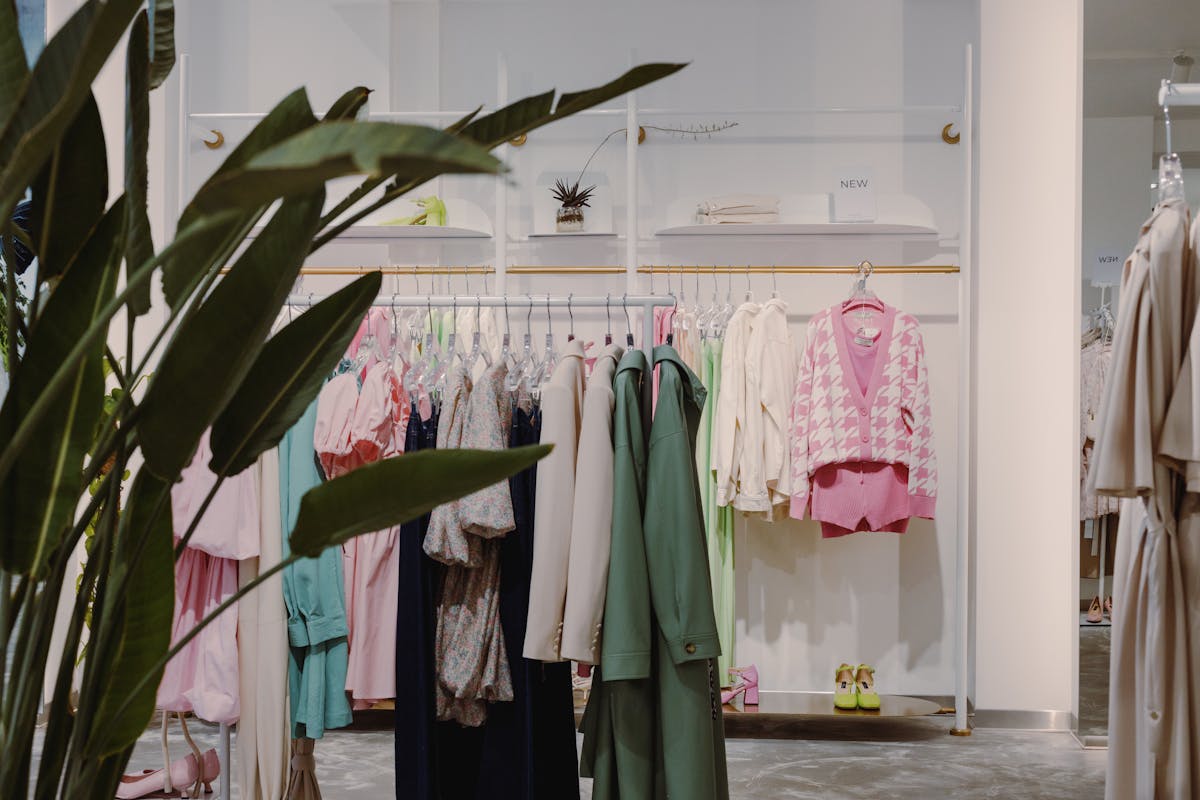Lace is more than just a fabric—it’s a symbol of refinement, artistry, and tradition. For centuries, has been woven into the fabric of culture, fashion, and even religion. This delicate textile, with its intricate patterns and transparent beauty, has captured the imaginations of designers, artists, and historians alike. In this article, we will explore the history, types, and enduring appeal of as well as its influence on fashion and design throughout the ages.
A Brief History of Lace
Lace is believed to have originated in the late 15th century, although its roots can be traced back even further. The art of making evolved in Europe, particularly in Italy and Flanders (modern-day Belgium), and was initially considered a form of embroidery. Early was hand-crafted using threads of linen, silk, or gold, and was often applied to garments as a decorative trim. The complexity of -making soon led to the development of specific techniques and tools that allowed for more intricate designs.
During the Renaissance, became a luxury item worn by the nobility and the upper classes. Its production remained a painstakingly slow process for many years, but with the rise of the French and Italian industries, making techniques were refined, and the fabric’s popularity soared. By the 17th and 18th centuries, was not just a fashion accessory but a status symbol. Wealthy individuals and royalty wore garments adorned with elaborate ollars, cuffs, and ruffs, making synonymous with sophistication and exclusivity.
As the Industrial Revolution progressed, -making experienced significant technological advancements. The invention of the mechanical -making machine in the 19th century allowed for mass production of making it more affordable and accessible to the general public. Despite this, hand-crafted still retained its place in high fashion, continuing to be regarded as a symbol of luxury and craftsmanship.
Types of Lace
mes in a variety of types, each with its own distinct technique, texture, and history. Here are some of the most well-known forms of
1. Bobbin Lace
Bobbin is one of the oldest and most intricate forms of making. It involves winding threads onto small bobbins, which are then woven together on a pillow using pins to hold the threads in place. The technique allows for complex geometric and floral patterns and is known for its delicate, openwork design. Bobbin is still handmade today in places like Bruges, Belgium, and Alençon, France.
2. Needle Lace
3. Crochet Lace
4. Tatting
5. Chemical Lace
Chemical lace, also known as “tatting is made by stitching designs onto a fabric, then using a chemical process to dissolve the base fabric, leaving behind the pattern. This technique allows for fine, almost ethereal lacework that can be used for a variety of decorative and fashion applications.
The Influence of Lace in Fashion
Lace in the 17th and 18th Centuries
Lace in the Victorian Era
Lace in Modern Fashion
Lace in Interior Design and Decoration
Lace is not only reserved for fashion; it has also played a significant role in interior design. curtains, tablecloths, and doilies were once staples of domestic décor, with adding an air of sophistication and femininity to the home. Today, continues to be used in home textiles, often as a decorative accent in modern and vintage-inspired interiors. The transparency and lightness of make it an ideal choice for creating soft, romantic, or vintage-inspired home settings.
The Enduring Appeal of Lace
In conclusion, lace is more than just a fabric—it’s a timeless art form that tells a story of culture, tradition, and beauty. From its historical roots in Renaissance Europe to its ongoing presence in modern fashion and design, lace continues to be a cherished and versatile material that transcends time and trends. Whether as a symbol of aristocracy or a contemporary design choice, will undoubtedly continue to captivate the hearts and imaginations of people around the world for generations to come.











